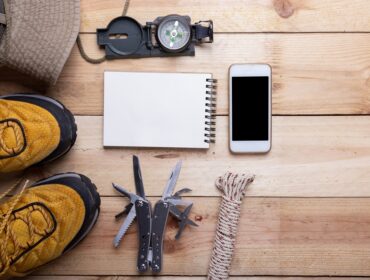Adventuring in the outdoors always carries a risk of injury or unexpected emergencies, which is why it is crucial to always take a first aid kit and a few emergency supplies in your day pack. If you or someone in your party should happen to suffer bruises, scrapes or cuts outdoors, here are the steps you should take for proper wound care. These steps are in order to prevent infection or worsening of the wound before you can get back to civilization.
Cleaning the wound
To clean a wound, hold it under a steady stream of cool water. Water will rinse out the grime and help reduce the chances of infection. Do not use soap or hydrogen peroxide because there is a chance that these substances can irritate the wound at this point. If there is anything stuck to or around the wound, remove it with a pair of sterilized tweezers. Be very careful not to put dirty fingers near the wound, as this can result in infection.
Dressing the wound

Once the wound is clean, dry it and apply an antibacterial ointment to it carefully, taking care to keep the wound as free of debris as possible. After the antibacterial ointment is applied, cover the wound first with a sterile gauze pad and secure with a bandage. If the wound is small enough, using an adhesive bandage is an option.
Caring for the wound
After the dressing has been applied, leave it alone. Between once to three times a day, remove the bandage and rinse out the wound lightly. After twenty four hours, soap can be used around the wound to keep it clean. Replace the dressing with a clean gauze pad and a new bandage.
Keep an eye on any wound that is serious enough to require dressing. Wounds will mostly heal on their own, and with no problems, but it is always worth being cautious. If the wound starts to hurt, refuses to close, picks up an unhealthy odor or color or begins to do anything except heal, it is time to talk to a professional.
For more on scrapes, sprains and cuts outdoors, check out: Natural Treatments For Minor Wounds!
Featured Image from Brook Anderson/Unsplash




